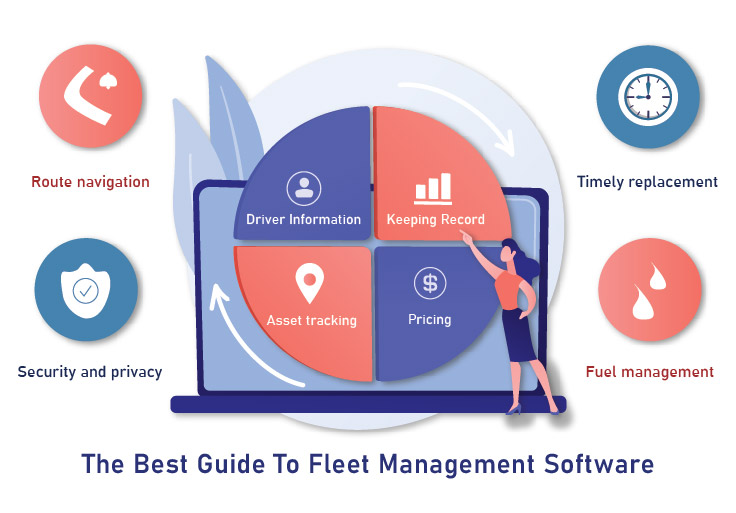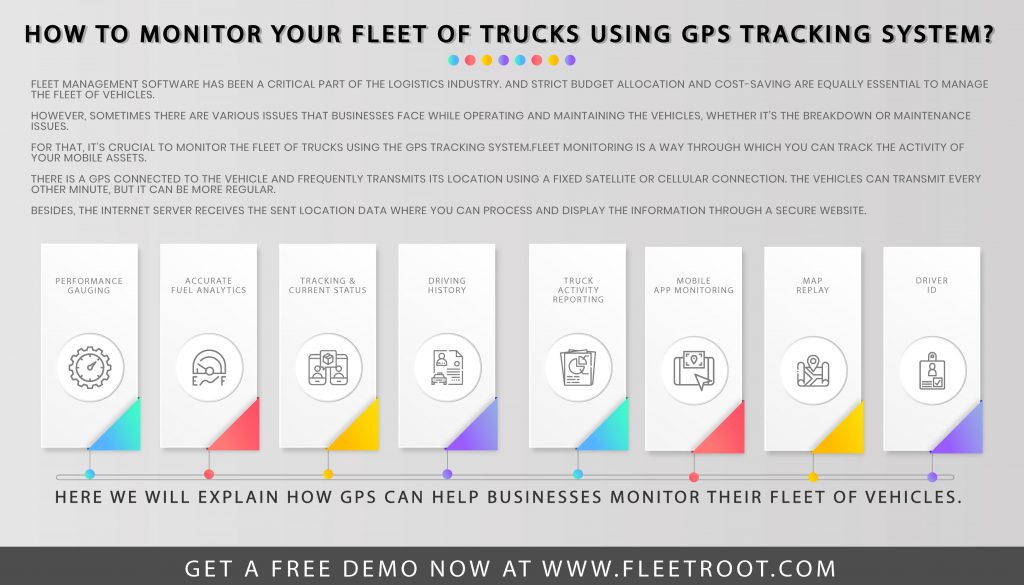How TXT ELD Transforms Fleet Management for a Smoother Tomorrow
Unlock the secrets to superior fleet management with TXT ELD: Discover how it revolutionizes efficiency for a seamless future.
Fleet management plays a pivotal role in the modern transportation industry. With the ever-increasing demand for efficient logistics and heightened regulatory requirements, fleet managers are constantly seeking ways to optimize their operations. One revolutionary solution that promises to transform fleet management is the TXT ELD (Electronic Logging Device) system. Let’s delve into the world of TXT ELD and explore how it revolutionizes fleet management operations.
Pre-Implementation Essentials
Before diving into the implementation process, it is crucial to assess your fleet management requirements and challenges. Take a step back and evaluate your current practices to identify areas that could benefit from the integration of a TXT ELD system. Gathering insights from fleet managers, drivers, and other stakeholders will help tailor the implementation process to your specific needs.
Understanding the basics of the TXT ELD system is key. Familiarize yourself with the functionalities and features it offers, such as automated hours-of-service tracking, GPS capabilities, and real-time data synchronization. Once you have a clear grasp of the system’s capabilities, identifying the key personnel involved in the implementation process becomes easier. This typically includes fleet managers, drivers, and IT professionals who will play a role in the successful adoption of the TXT ELD system.
Choosing the Right TXT ELD Solution
Choosing the appropriate TXT ELD provider is a vital step in the implementation process. Researching and evaluating various options available in the market will help you make an informed decision. Look for providers that have a proven track record in the industry and offer comprehensive solutions that align with your fleet management requirements.
Comparing costs and pricing structures is another crucial aspect to consider. While it’s essential to find a solution that fits your budget, keep in mind that the quality and reliability of the system should not be compromised. Conduct thorough cost-benefit analyses to determine the long-term value of each option.
Training and Onboarding
Transitioning from traditional paper logs to electronic logging can be challenging for both drivers and fleet managers. Therefore, designing a comprehensive training program is key to ensure a smooth onboarding process. Collaborate with the selected TXT ELD provider to conduct training sessions that cover all aspects of the system, including its features, functionalities, and potential benefits.

Conduct hands-on training sessions to ensure drivers and fleet managers are familiar with the TXT ELD system’s use and navigation. Create an environment that encourages questions and facilitates open discussions to address any concerns or misconceptions. By doing so, you can alleviate resistance to change and instill confidence in adopting the new system.
Implementing and Integrating TXT ELD System
Once you have chosen the right TXT ELD solution and completed the training and onboarding process, it’s time to implement the system. Customization plays a crucial role here, as each fleet has unique requirements. Work closely with the TXT ELD provider to tailor the system according to your specific needs. This may include setting parameters for hours of service, configuring notifications, and integrating existing fleet management software or platforms.
Prior to full-scale implementation, conduct thorough testing and trial runs of the system. This allows you to identify any potential issues or challenges and make necessary adjustments. Simulate real-world scenarios to ensure a seamless integration with your existing fleet management processes and to minimize disruptions during the transition period.
Overcoming Challenges and Ensuring Compliance
Introducing any new system comes with its fair share of challenges. One common obstacle during the implementation of a TXT ELD system is resistance to change. Some drivers may feel apprehensive about switching to electronic logs, fearing a loss of autonomy or increased scrutiny. It is crucial to address these concerns openly and transparently, emphasizing the benefits of the TXT ELD system, such as improved safety and streamlined operations.

Technical challenges and downtime can also arise during the implementation process. Establishing clear lines of communication with the TXT ELD provider ensures prompt troubleshooting and support when needed. Proactively addressing technical issues and minimizing downtime will help maintain the smooth functioning of fleet operations.
Moreover, compliance with Federal Motor Carrier Safety Administration (FMCSA) regulations is of utmost importance. Ensure that your chosen TXT ELD solution meets the mandatory requirements mandated by FMCSA. Familiarize yourself with the regulations and guidelines, and educate your drivers and fleet managers to ensure adherence, thereby avoiding potential penalties.
Maximizing the Benefits of TXT ELD
Implementing TXT ELD in your fleet management operations can bring about a multitude of benefits. By streamlining administrative tasks, such as documentation and record-keeping, the system frees up valuable time for both drivers and fleet managers. Real-time data synchronization allows for accurate and up-to-date insights into drivers’ logs, ensuring compliance with hours-of-service regulations.
Enhanced driver safety is another significant advantage of TXT ELD. The system provides alerts and notifications, giving drivers timely reminders for required breaks and rest periods. With improved compliance and reduced fatigue-related incidents, you can substantially enhance the overall safety of your fleet.
Leveraging the real-time data and analytics provided by TXT ELD enables informed decision-making. Fleet managers gain insights into driver behavior, fuel consumption, and routes taken, enabling them to optimize operations and identify areas for further efficiency improvements.
Monitoring and Continuous Improvement
Monitoring and continuous improvement are integral to maximizing the benefits of TXT ELD. Establish a feedback loop to encourage drivers and fleet managers to report any challenges or suggestions for improvement. Regularly review and analyze the data generated by the system to identify patterns and areas for optimization.
Implementing necessary changes based on the data insights and feedback received ensures a continuously improving fleet management system. Regularly communicate these changes and improvements to drivers and fleet managers, championing a culture of growth, adaptability, and excellence.
Conclusion
The future of fleet management lies in embracing innovative solutions such as the TXT ELD system. By following these steps, you can effectively implement and integrate TXT ELD into your fleet operations, revolutionizing efficiency, enhancing compliance, and ultimately paving the way for a smoother tomorrow. Embrace the potential of TXT ELD, and embark on a journey toward a more streamlined and successful fleet management system.



